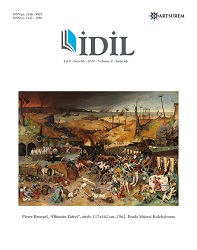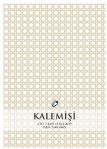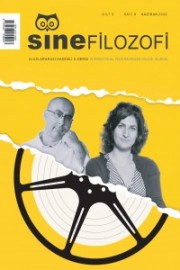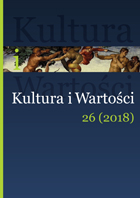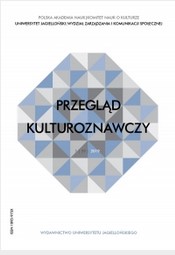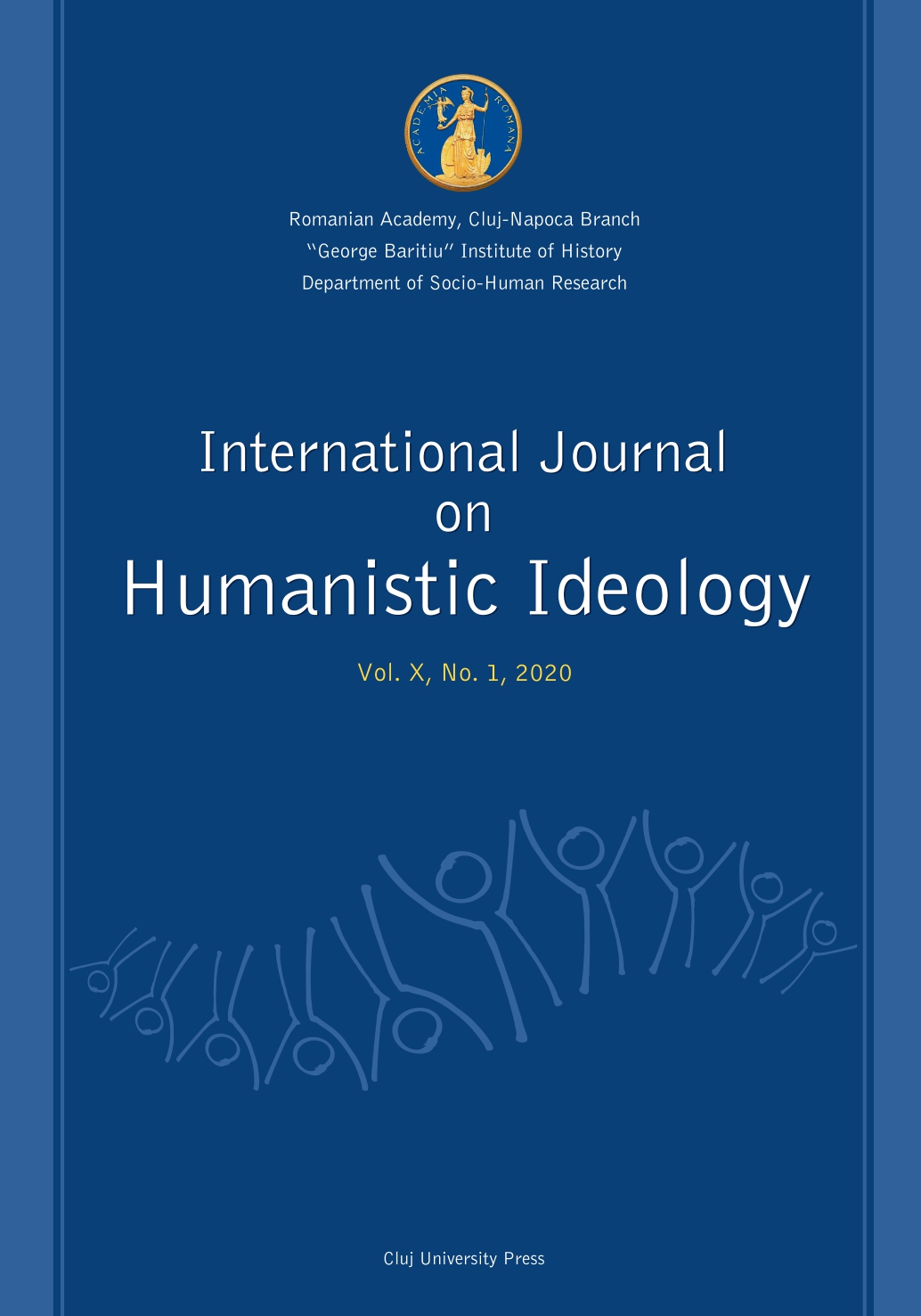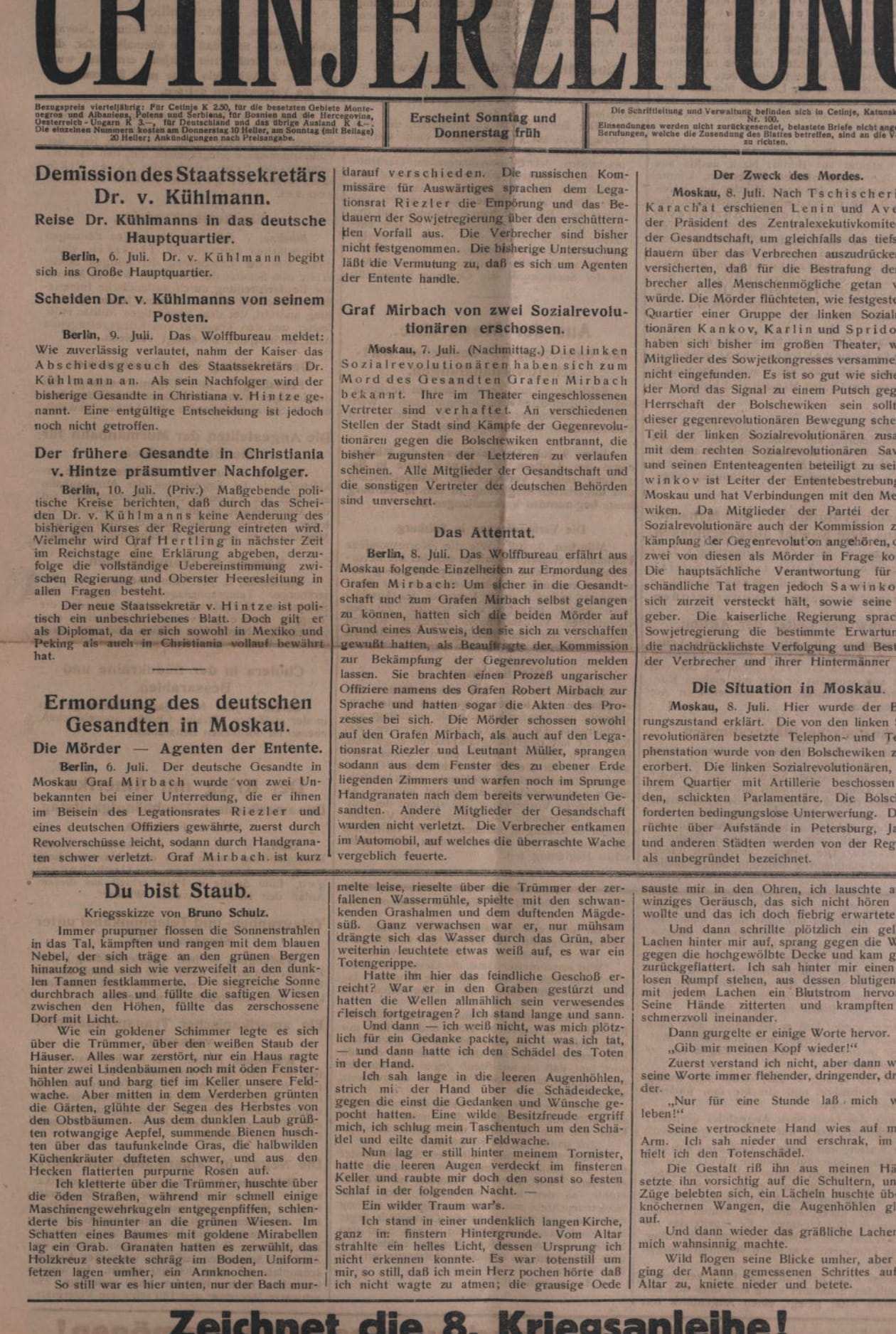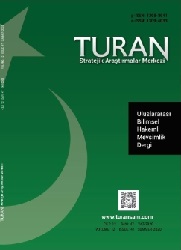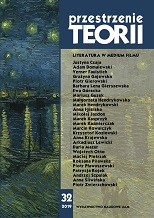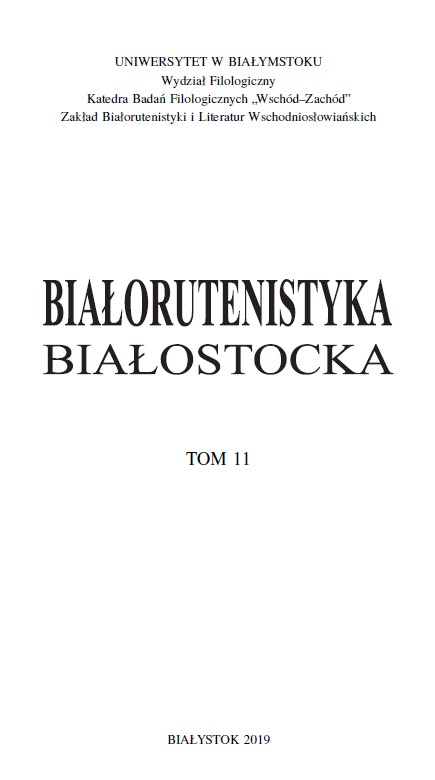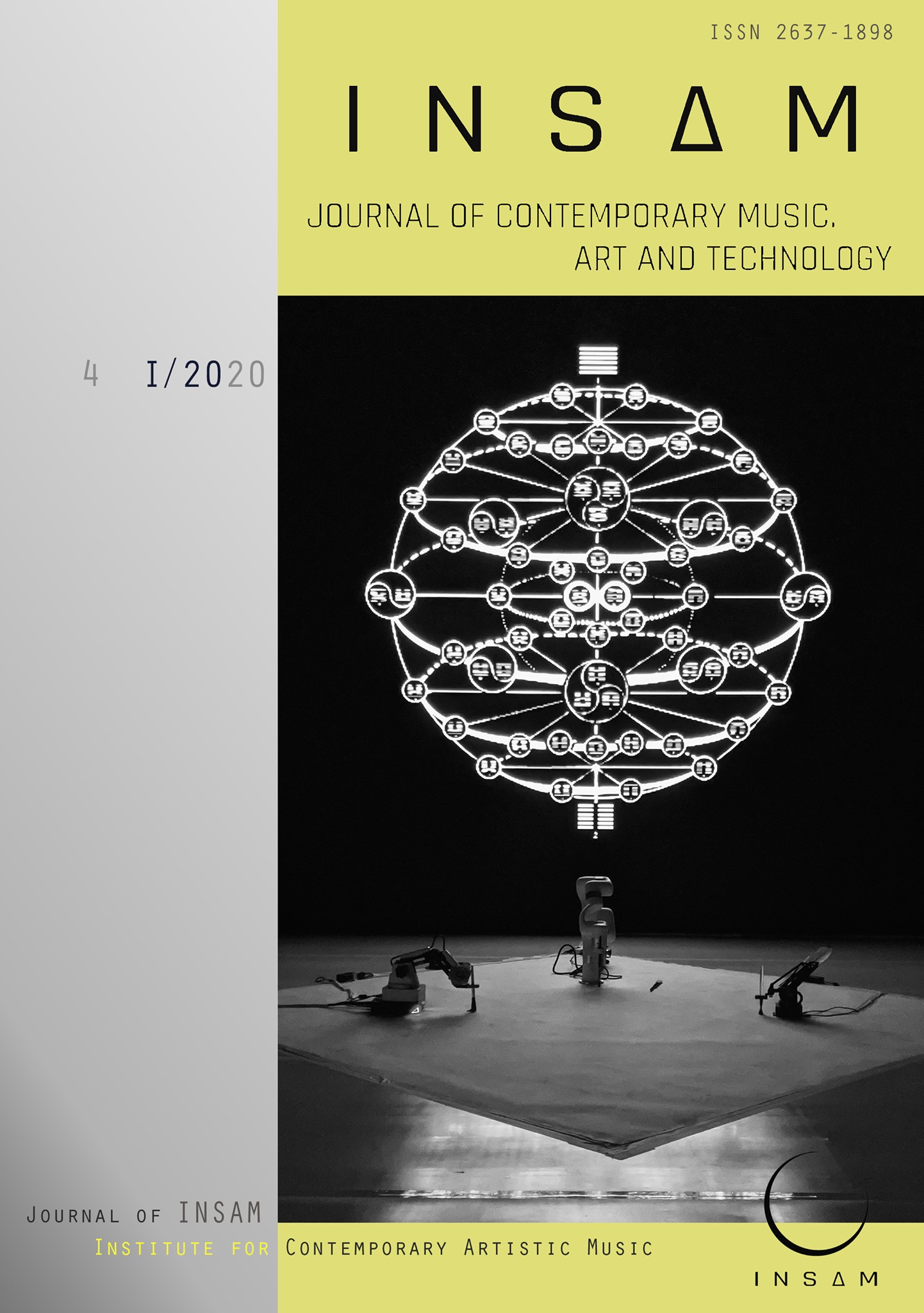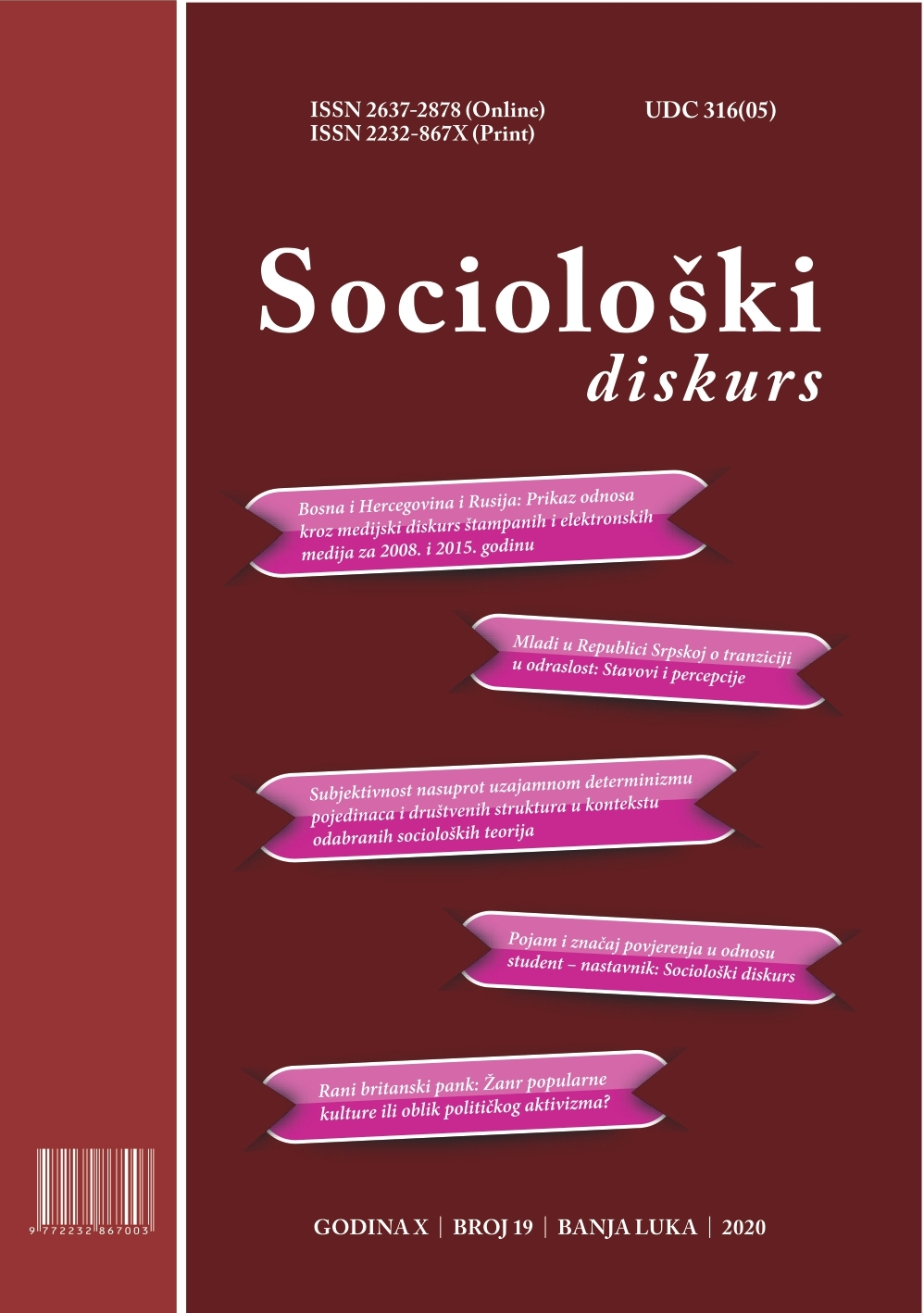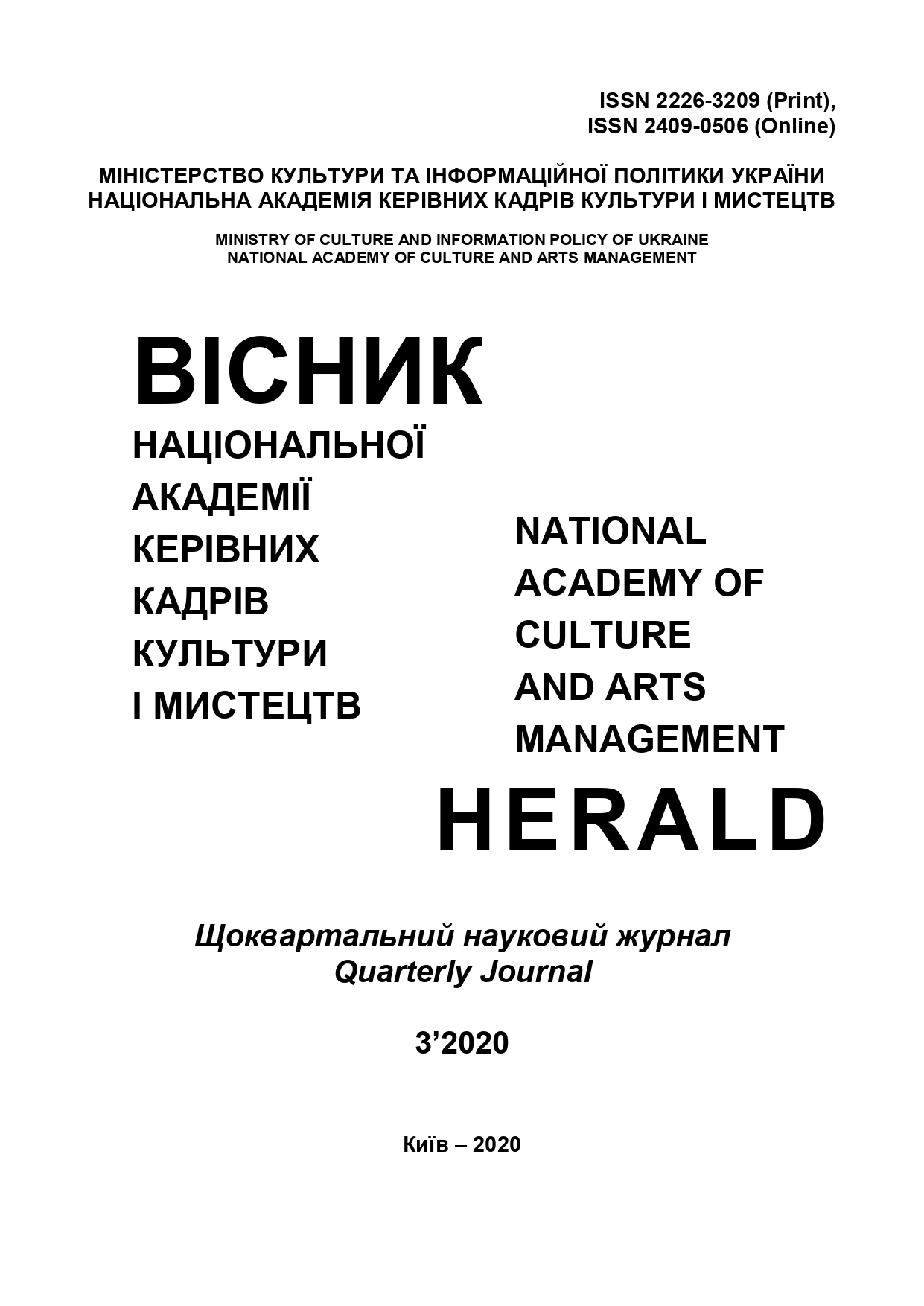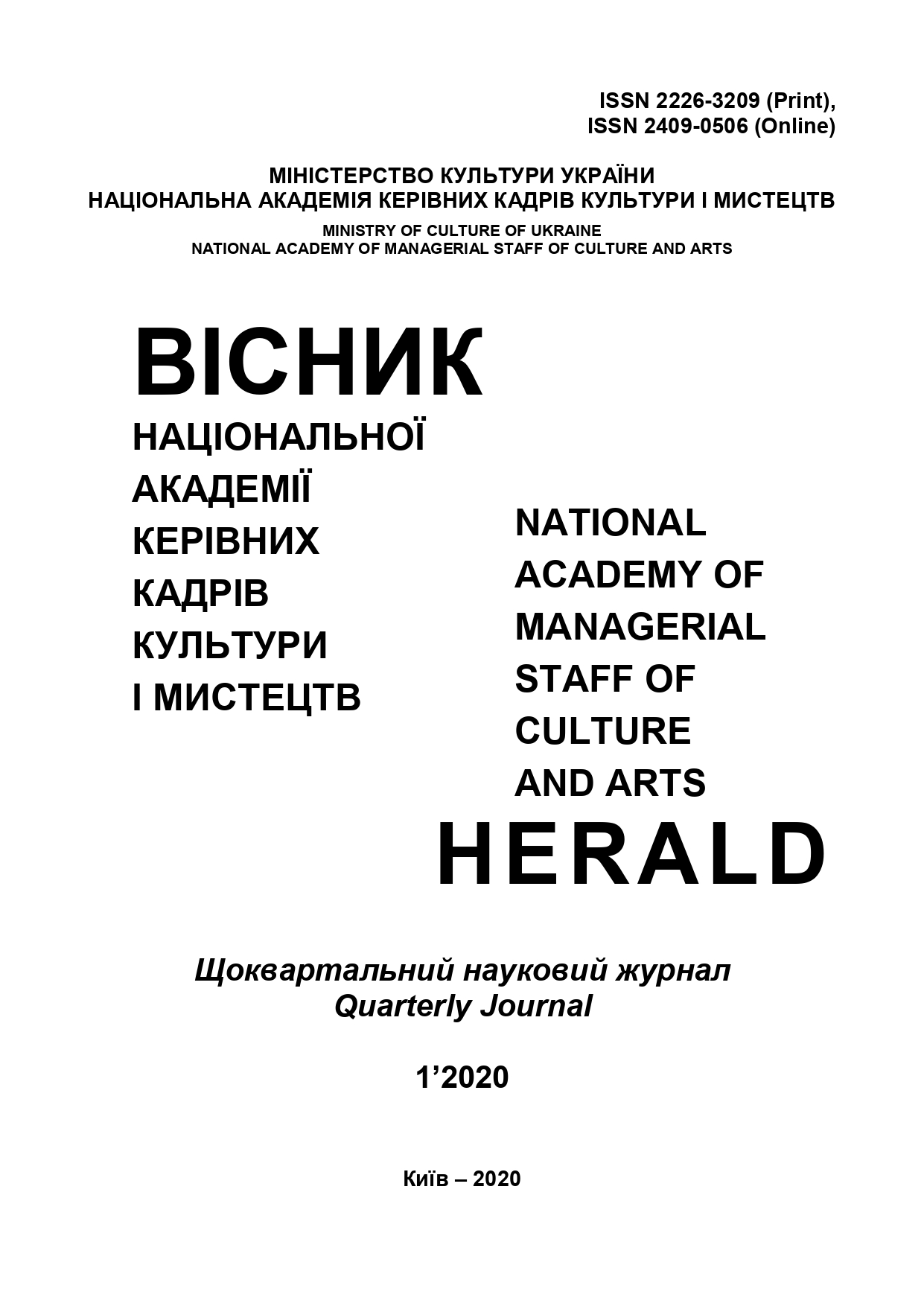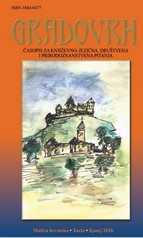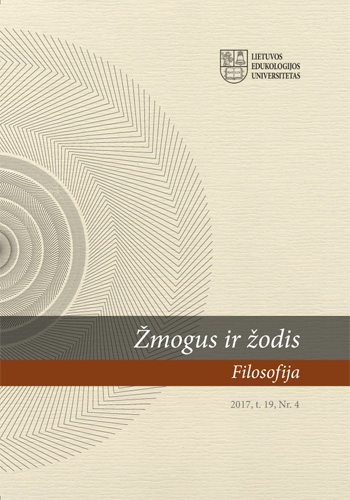
Two Notions of Vulnerable and Intensely Affected Body: Gilles Deleuze and Alphonso Lingis
Two different approaches towards Francis Bacon’s painting are analysed in the article: postmodern and phenomenological. The problematic and multiple status of such concepts as sensitive body, intensive sensation and the affect common for both Gilles Deleuze’s and Alphonso Lingis’ philosophy become most visible in regard to Bacon’s painting that displays the reality of the vulnerable and intensely affected body as his main subject. The article follows the main intrigue which inspires their studies, i.e. the article aims to explain what determines the suggestibility of Bacon’s canvas: is there the violence of line and colour, which negates the role of figuration (Deleuze) or the violence of life, that on the contrary, affirms representation (Lingis)? The author maintains that such different interpretations are determined by different notions of experience. Lingis emphasizes actual experience which allows to find the link between creation, lived body and life world, while Deleuze stresses virtual experience, impersonal life, body without organs and creation of new perspectives.
More...
